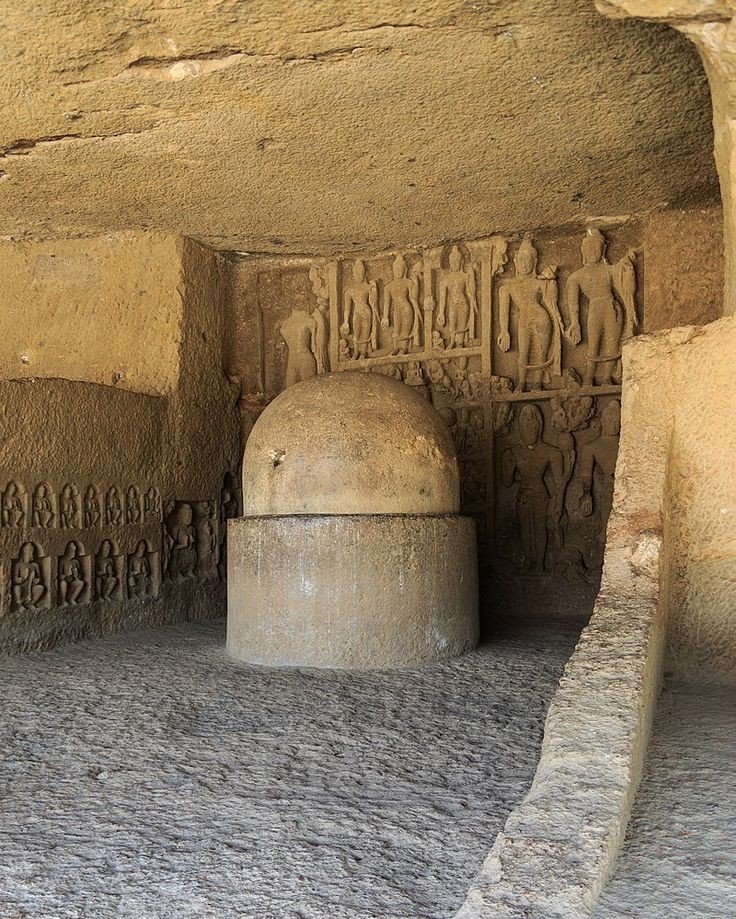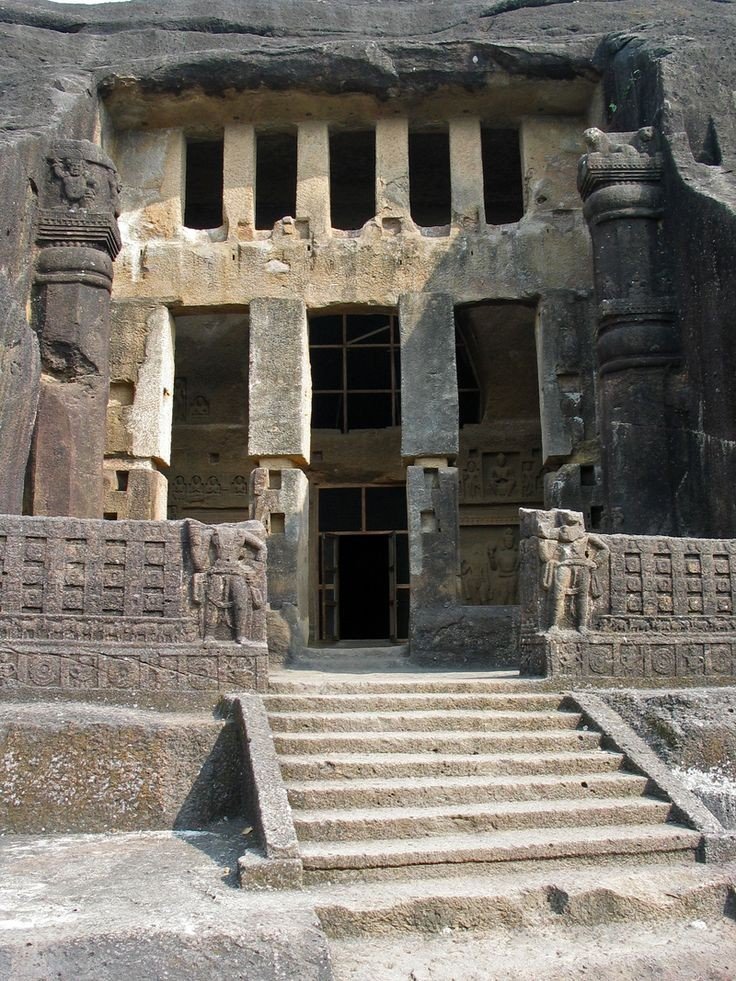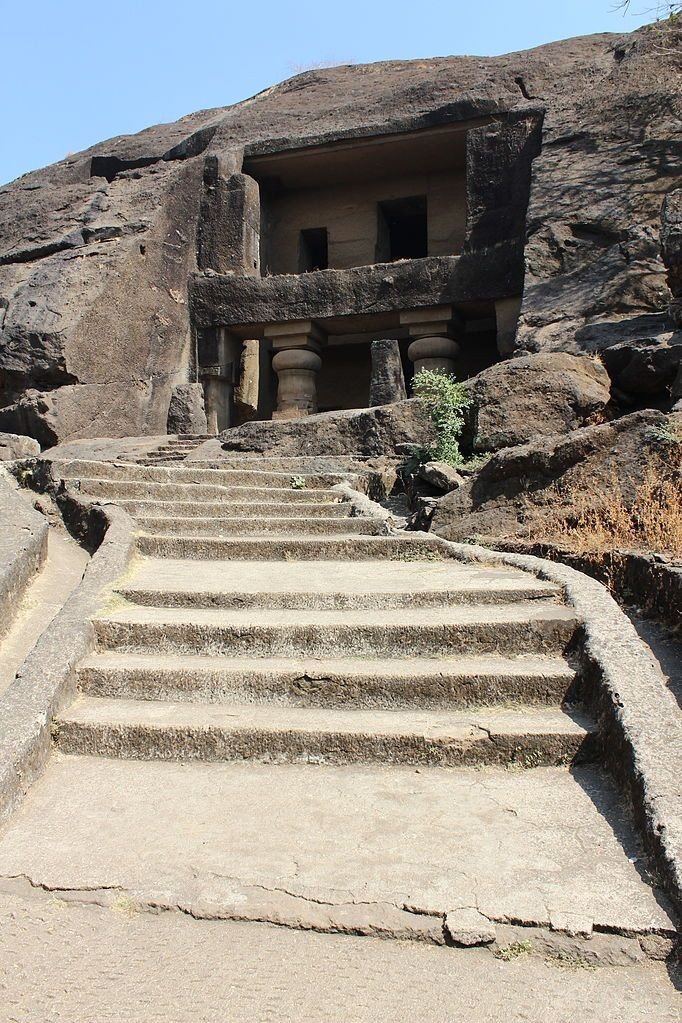
Tag: #park

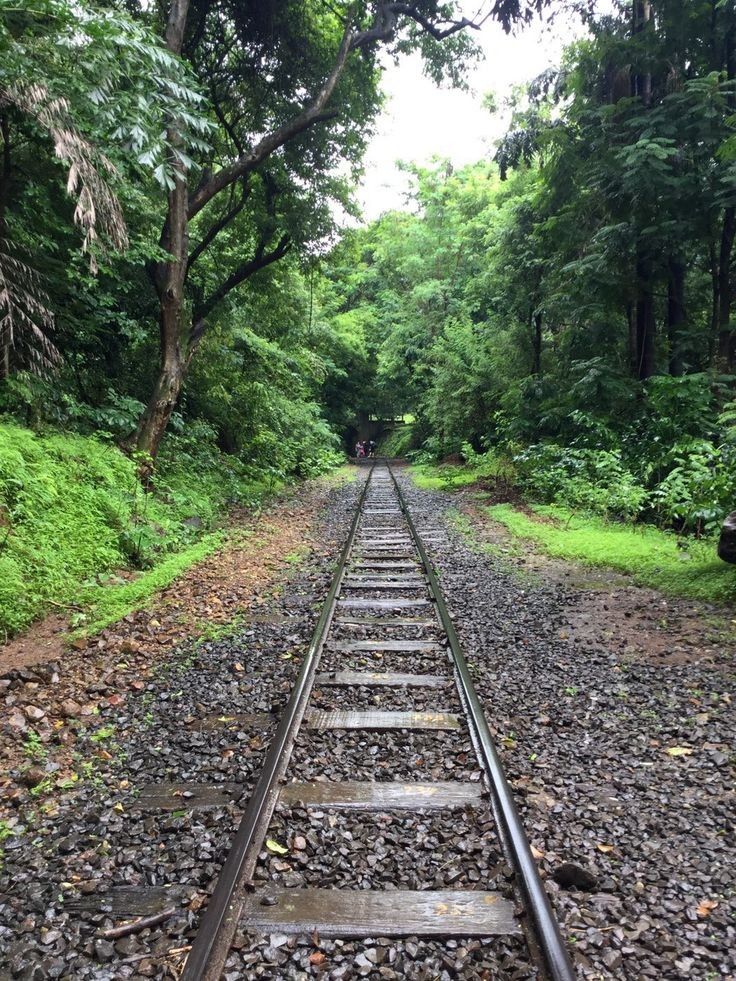
Sanjay Gandhi National Park
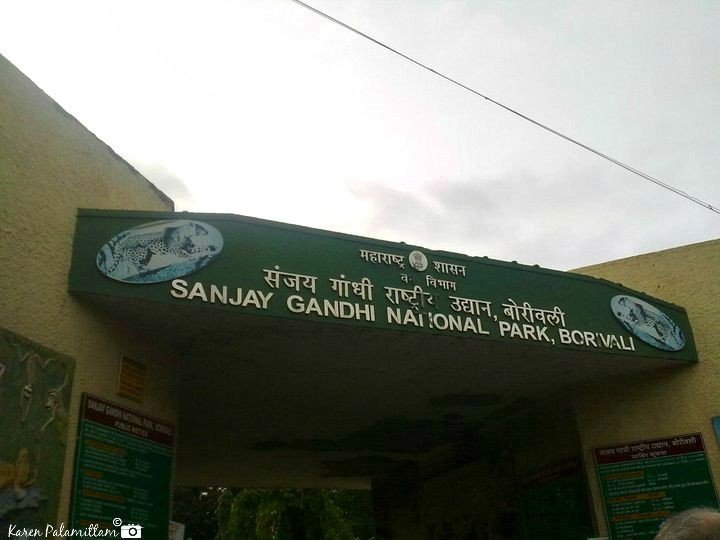
Overview
It is a 87kmsq (34 sq mi) protected area in Mumbai, Maharashtra State in India. It was established in 1996 with headquarters at Borivali. It is notable as one of the major national park existing within a metropolis limit is one of the most visited park in the world. The rich Flora and Fauna of Sanjay Gandhi National Park attracts more than 2 million visitors every year, also visiting 2500 year old Kanheri caves sculpted out of the rocky cliffs which lies with the park.
History
The Sanjay Gandhi National Park area has long written history dating back to the 4th Century BCE. In ancient India, Sopara and Kalyan were two ports in the Vicinity that traded with ancient Civilizations such as Greece and Mesopotamia. The 45km (28mi) land route between these two ports was partially through this forest. The Kanheri caves in the centre of the park were an important Buddhist learning centre and pilgrimage site sculpted by Buddhist monks between the 9th and the 1st centuries BCE. They were chiselled out of a massive basaltic rock outcropping.
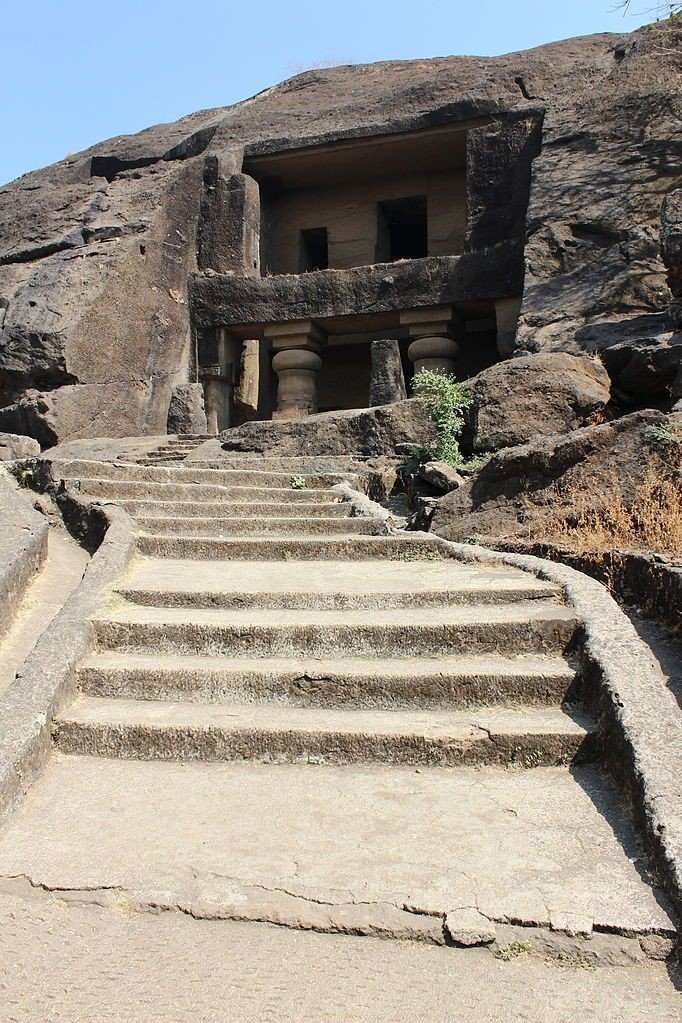
Geography
The park occupies most of the Northern Suburbs of Mumbai. To the west lie the suburbs of Goregaon, Malad, Kandivali, Borivali and Dahisar. To the east lie the Suburbs of Bhandup and Mulund. To the south lies the Aarey Milk Colony and the university campus of IIT Bombay. The Northern reaches of this forests lie in Thane city. The park and these areas surrounding it, except Thane city are all parts of Mumbai. It is only forest located within the limits of a city. The region is hilly with elevations between 30m (98ft) and 480m (1,570ft). The park has two lakes, Vihar lake and Tulsi lake. Which meet a part of the citys water requirements. The park is said to be lungs of the city as it purifies much of the air pollution of the City.


Biodiversity
The park is a bustling forest, with an estimated 800 types of mauve. This flower is native to the park and the surrounding regions, including karnala, the Yeoor hills, Tungareshwar and some parts of Goregaon Film City. The park is also home to small population of Leopards.
Wildlife
The park is home to numbers of endangered species of Flora and Fauna. The forest area of the park houses over 1,000 plant species 251 species of migratory land and water birds 5000 species of insects 40 species of Mammals. In addition the park also provides shelter to 38 species of reptiles 9 species of Amphibians 150 species of butterflies and large variety of Fishes.
Flora
Kadamba, teak, Karanj, Shisham and species of acacia, ziziphus, euphorbia, flame of the forests, red silk cotton and number of other varieties of flower. Karvi or karvy a flowering plant that blossoms once in eight years can be found in the park.
Fauna
The forest cover in the park helps provide the ideal habitat for many wild animals.
- Chital(Spotted deer)
- Rhesus macaques
- Bonnet macaques
- Indian hare
- Muntjac (barking deer)
- Porcupine
- Asian palm civet
- Chevrotain(mouse deer)
- Grey langur
- Indian flying fox
- Sambar deer
- Leopard
- Striped hyena
- Four horned antelope
- Crocodile
- Pythons
- Cobras
- Monitor Lizards
- Russell’s viper
- Bamboo pit viper
- Ceylonese cat snakes
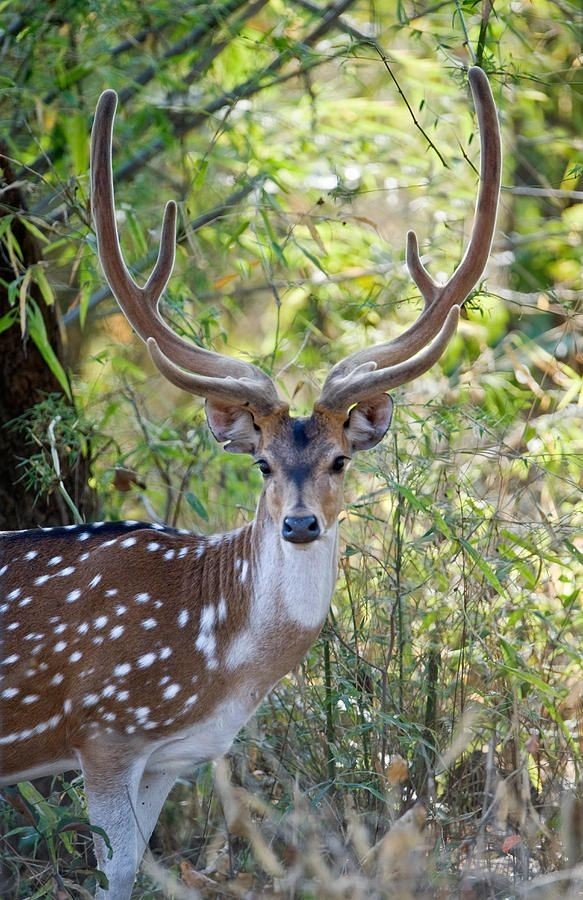
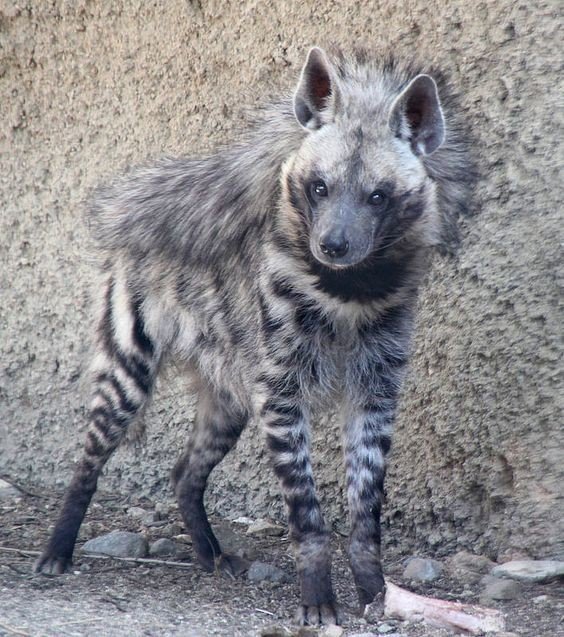
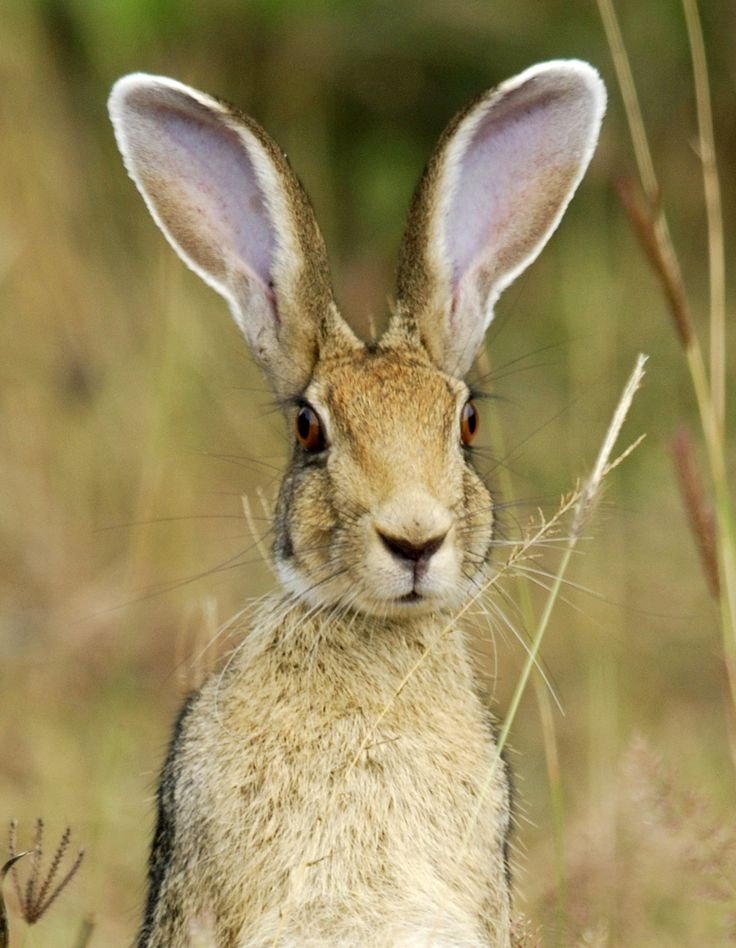
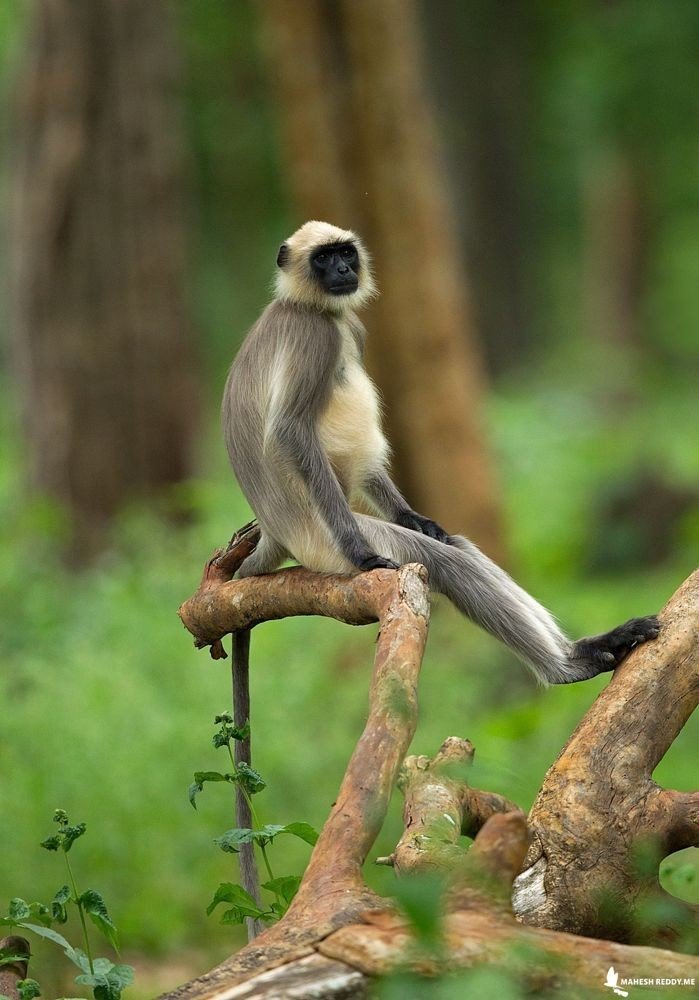
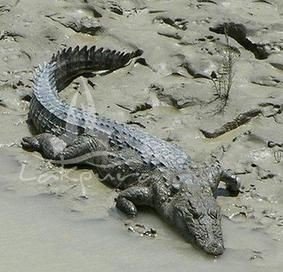
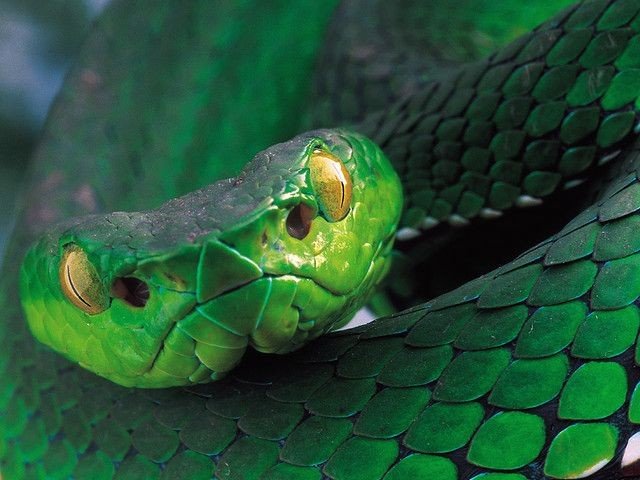
List of Insects
- Blue Mormon
- Blue oak leaf
- Jezebel
- Yellow and white orange tip
- Tiger butterfly
- Eggflies
- Sailers
- Moths

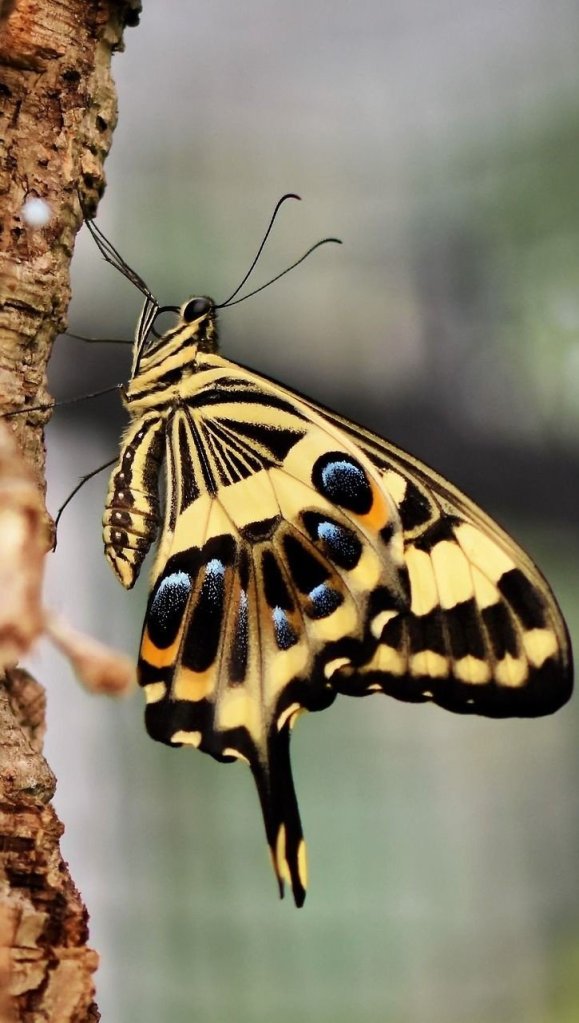
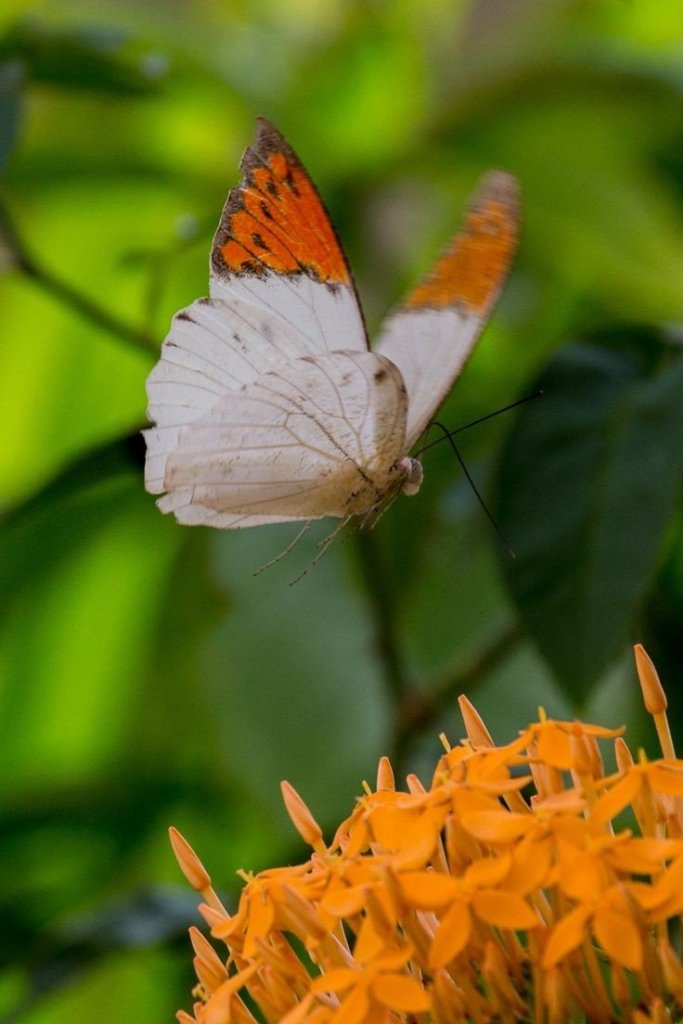

List of birds
- Jungle owlets
- Golden Orioles
- Racket-tailed drongos
- Minivets
- Magpies
- Robins
- Hornbills
- Bulbuls
- Sunbirds
- Peacock
- Woodpecker’s
- Paradise catcher
- Kingfisher
- Mynsd
- Swifts
- Gulls
- Egrets
- Herons
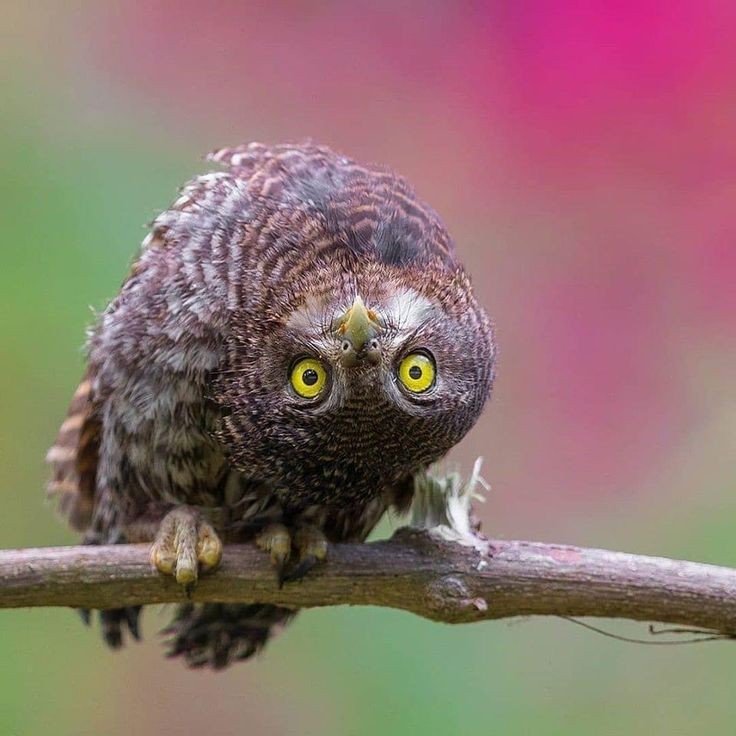
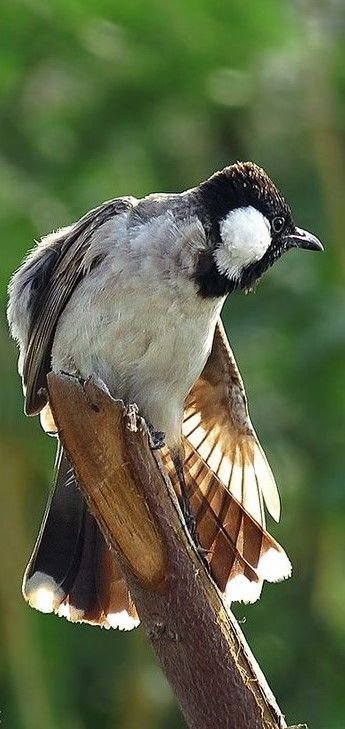


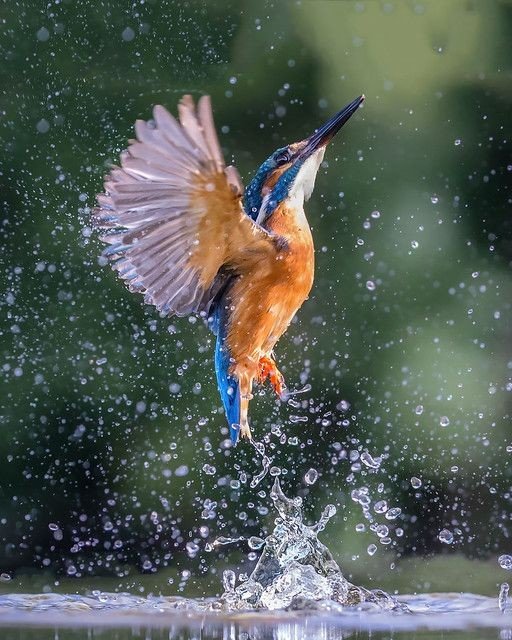
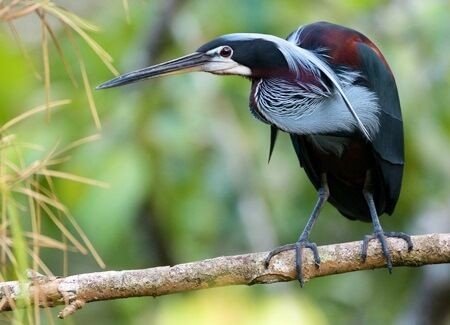
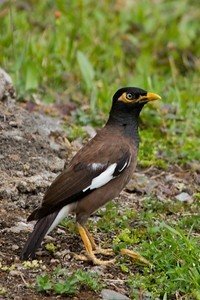
Threats to Forest and Wildlife
The park has faced number of problems similar to those faced by national parks elsewhere in the world, involving conflicts between natural and human interests.
- In the early 2000s a road as proposed would have cut through the park. Animal activists Tarun Nayar went to court to halt this project.

- The lack of space in Mumbai has pushed residential colonies right up to the park boundary. This boundary is poorly fenced and wild animals often wander into human habitation, Slums have mushroomed around the park as well.
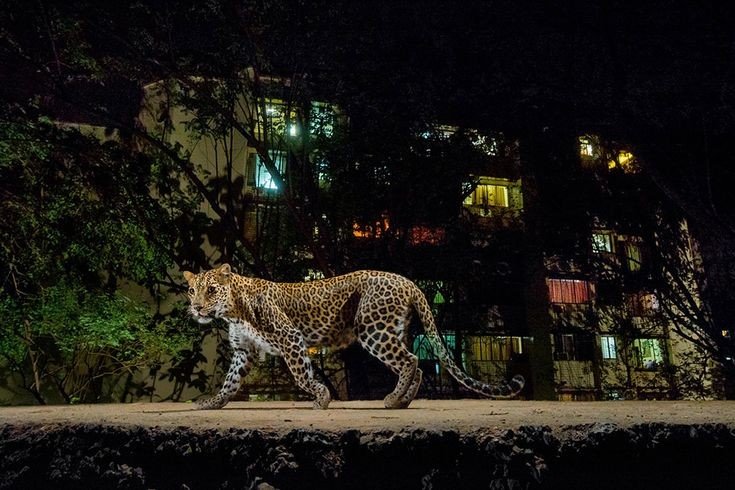
In 2004, leopards were responsible for the death of 20 humans within the spam of a week. This was not a first attack on pets and humans. On 16 July 2012 a seven year old girl was killed in Mulund right outside her home by a leopard. A year later a 40 year old women was attacked and killed by a leopard in Bhiwandi and the list goes on.
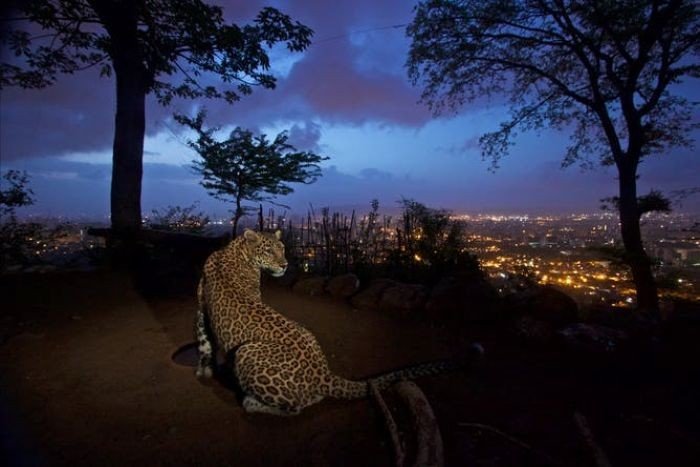
- Poaching unfortunately Sanjay Gandhi National Park has many poachers in recent years. Usually leopards are attacked in many cases these animals had been poisoned and claws or other valuable body parts were cut off and sold. Poaching could wipe out Mumbai’s leopard population.
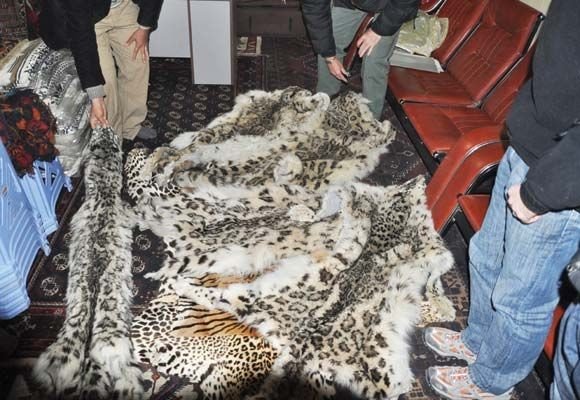
- Fire:- During the summer and any time before the monsoon, fires burn in the park, at least once every two weeks, this has resulted in the loss of trees and the loss for wild animals. The local are often suspected of burning the trees on some of the outskirts of the forest to build their homes. Sanjay Gandhi National Park is said to be one of the most visited national park, according to estimate, around 2 million visitors visit the park annually. Collection at the gates in November 2004 touched INR 9.8 MILLION (US $ 140,000)

Boating:- Boating service is available near the Van Rani starting point with 2 and 4 seater pedalos for sailing in the small Lake, which has a view bridge where visitors can stand and watch boat’s in water.
Tiger and lion Safaris:- Main attractions of the park are lion and Tiger safaris for encouraging eco-tourism. The lion safari is a 20 minute ride through a 12ha (29.65acres) fenced forests area is one of the parks green busses. The park is home to an estimated 25 lions and lionesses of which only 2 can be only seen at close range from the caged busses. There are 4 Tigers that are kept semi-confined in a 20ha(49.42 acres) fenced area that is toured by the buses. A 5m(16.40ft) high and 2,200m (7,217.85ft) long protective fencing surrounds the area.

Walking trails:- There are number of public walking trails in the national park. The popular Ashok Van trail winds through thick forest to a dense cluster of Ashoka trees that are a welcome halfway resting spot. The return journey is usually via the ‘Gaumukh’ trail that leads to an open volcanic rock face and ends at the Kanheri caves. A more challenging route is the ‘View point’ trail and leads to the highest point of Mumbai, which affords a panoramic view of the city and its three lakes – Tulsi lake, Vihar lake and Powai lake.
Jain Temple:- In the forest there is famous Jain temple called Trimurti which means 3 idols. This Temple is widely visited by Digambar sect of the Jain community. It has three huge idols of lord Adinath and his 2 sons, lord Bahubali and Lord Bharat. The statue of Rishabhanatha is 31 feet in height and the tallest of all the three on eighter side are the statues of Bharata and Bahubali each being 28 feet tall. There is a 51 foot Kirti stambh (pillar of glory) also present there. Many Muni Maharaj (Jain saints) often stay here and preach to their followers before moving on.

Kanheri caves:- The Kanheri caves are a protected archaeological site 19°12’30″N 72°54’23″E. The caves were sculpted by Buddhist residents around the 1st Century BCE. The area was a settlement that once served as inns for travellers. The word Kanheri comes from the Sanskrit word Krishnagiri which means “Black mountain”. Seven Buddhist caves older than Kanheri caves have also been discovered very recently. Detailed exploration and documentation is awaited from the Archaeological survey of India.
Thanks for watching and reading if you like my blog please Like share comment and follow.


